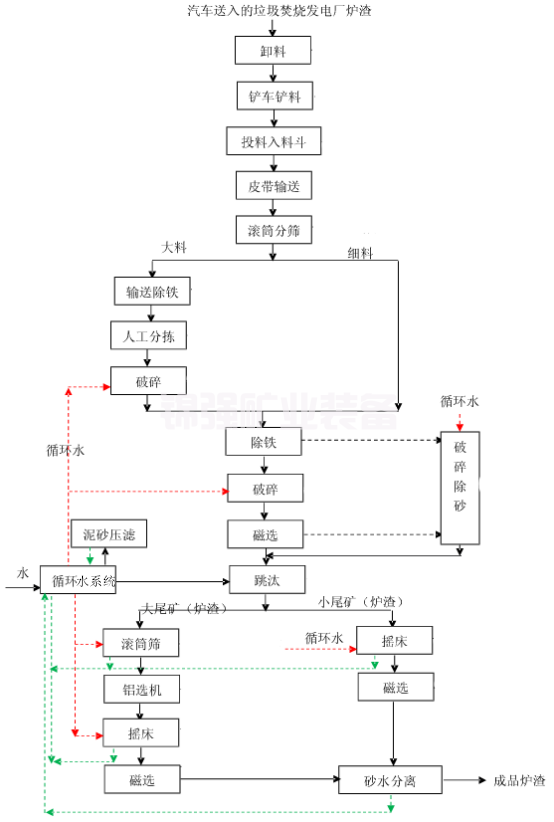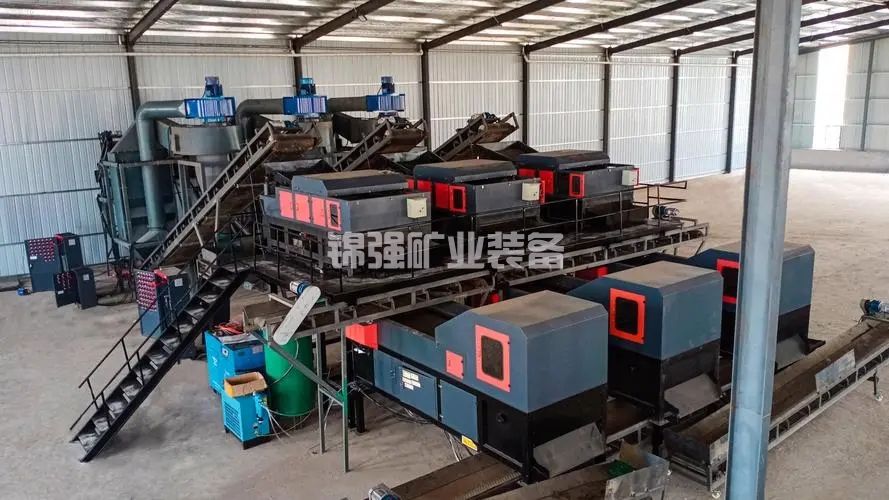 Service Phone:
+8619870423316
Service Phone:
+8619870423316
 Service Phone:+8619870423316
Service Phone:+8619870423316
current location: home > News and information

 24-hour phone/WhatsApp:+8619870423316
24-hour phone/WhatsApp:+8619870423316
With the acceleration of urbanization, the problem of urban waste has become increasingly prominent, and waste slag has become an issue that cannot be ignored. Garbage slag refers to the solid waste generated after incineration treatment, which contains a large amount of organic and inorganic substances. If not recycled, it will cause great pollution to the environment. This article will introduce the operational steps for the regeneration and utilization of waste slag.
Classification of garbage and slag
Before conducting waste slag recycling, we need to classify the waste slag. Garbage and slag are mainly divided into four categories: recyclables, organic matter, harmless substances, and other waste. Among them, recyclable materials include glass, metal, paper, etc., organic materials include food residue, plant residue, etc., harmless materials include lime, gypsum, etc., and other waste materials include batteries, fluorescent tubes, etc. Classifying garbage and slag can facilitate subsequent recycling and utilization.
 II. Recycling and utilization of waste slag
II. Recycling and utilization of waste slag
1. Landfill of garbage and slag
Garbage and slag can be recycled and utilized through landfill. Landfill refers to the process of burying garbage and slag underground and utilizing the biogas generated for power generation or heating. The advantage of landfill is that it can treat garbage and slag into harmless substances, reducing environmental pollution. However, there are also some drawbacks to landfilling, such as the large footprint of the landfill site and the odor generated during the landfill process.
2. Incineration of garbage and slag
 garbage and slag can also be recycled through incineration. Incineration refers to the high-temperature combustion of garbage and slag, which uses the heat energy generated for power generation or heating. The advantage of incineration is that it can treat garbage and slag into harmless substances, reducing environmental pollution. However, incineration also has some drawbacks, such as producing a large amount of harmful gases such as carbon dioxide during the incineration process.
garbage and slag can also be recycled through incineration. Incineration refers to the high-temperature combustion of garbage and slag, which uses the heat energy generated for power generation or heating. The advantage of incineration is that it can treat garbage and slag into harmless substances, reducing environmental pollution. However, incineration also has some drawbacks, such as producing a large amount of harmful gases such as carbon dioxide during the incineration process.
3. Recycling and utilization of garbage and slag
Garbage and slag can also be recycled through recycling. Recycling refers to the recycling of recyclable materials from garbage and slag, such as glass, metal, paper, etc. The advantage of recycling is that it can reduce the consumption of natural resources and also reduce environmental pollution. However, recycling also has some drawbacks, such as the need to consume a large amount of energy during the recycling process.
III. Conclusion
The recycling and utilization of garbage and slag is an important environmental issue that requires our joint attention and solution. By classifying, burying, incinerating, and recycling garbage and slag, it is possible to minimize environmental pollution and improve resource utilization. I hope this article can provide some useful references for everyone, and let's contribute our efforts to the environmental protection industry together.

Recycling and utilization of garbage and slag
Recycling and utilization of garbage and slagRelated Information